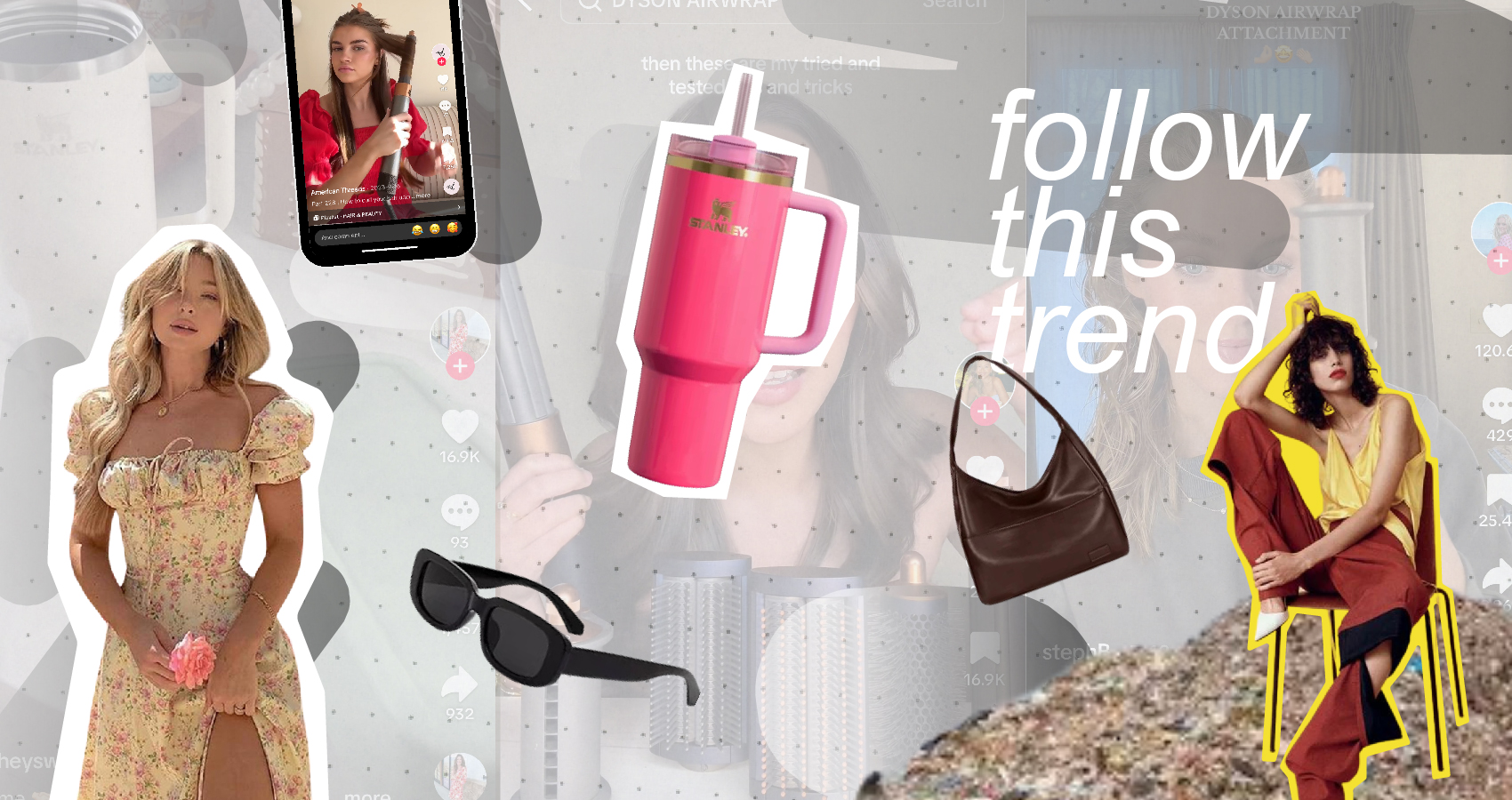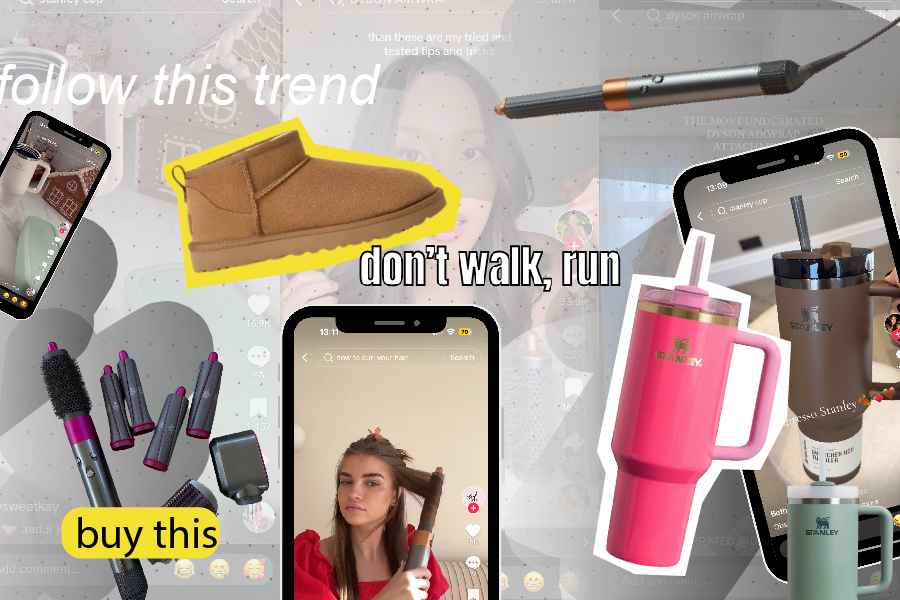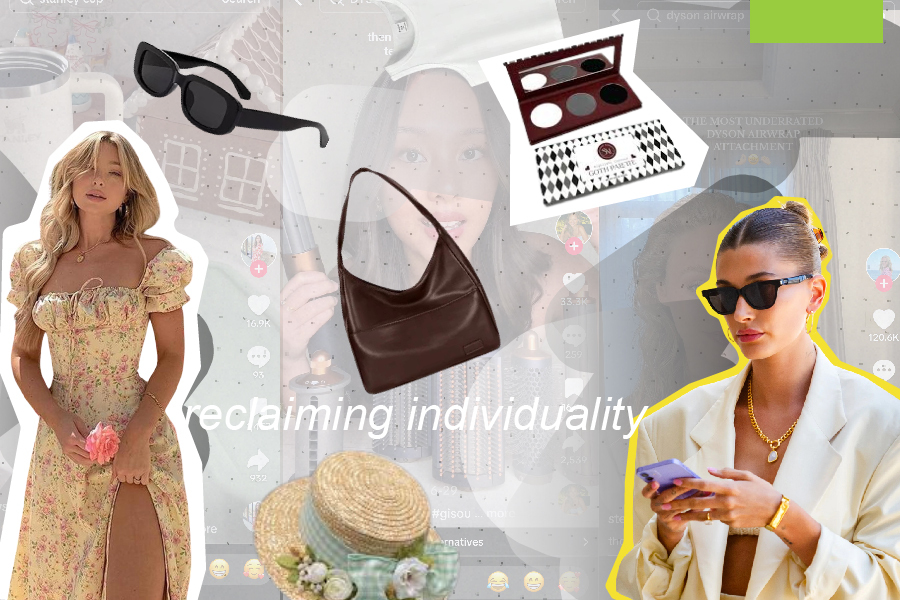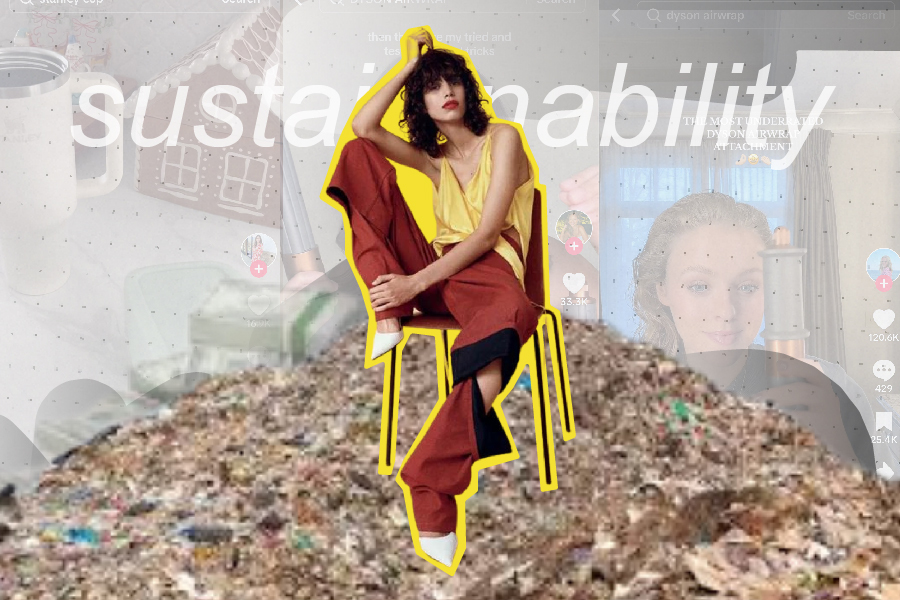
Deinfluencing the New Trend and How it is Changing the Way We Behave on Social Media
A new wave of influencer culture.
When we think of influencers, we usually imagine people thrusting products in our faces, telling us to "buy this," "don’t walk, run," and "follow this trend!". Items like the Dyson Airwrap, the Stanley Flask, and Ugg Minis are commonly cited as examples of overconsumption in pursuing trends. Social media has been like this for a long time, filled with impossible micro-trends and hyper-consumerism, creating an overstimulating and inauthentic space. Recently, however, a new wave of influencer culture has emerged in the form of deinfluencing, which is set to revolutionize how we create and consume content.

What Is ‘Deinfluencing’?
Deinfluencing turns traditional influencing completely on its head by telling us what NOT to buy. TikTok creators like @sadgrlswag have paved the way for the trend, encouraging a more critical consumer culture. The movement has become a widespread social media phenomenon with over a billion videos using the #deinfluencing hashtag. Deinfluencing challenges our obsession with trending items by highlighting their flaws and explaining why we don’t need them. Sometimes, we’re unaware that we’re buying something just to fit into a trend because influencers have drilled into us that it’s a must-have product. But once you start looking critically at these items, it becomes easier to stop yourself from overconsuming. From the high price of the Airwrap to the impractical size of the Stanley Flask, it’s easy to find flaws with these trending items once you change your perspective.
Here are some useful questions to ask yourself before buying something as part of a trend:
-
Will this add value to my life?
-
Will I still like this item in a few months?
-
Is this the best use of my money?
-
Is it a good product? Will it last?
-
Am I buying this for me, or to fit into a trend?
-
Do I already own something similar?
Reclaiming Individuality

The refreshing thing about deinfluencing is that it encourages us not to follow trends. This is empowering because it gives us more freedom. We can discover what we genuinely like as individuals and create our own identity through the things we buy. No longer do we feel pressured to fit into a neat aesthetic, like the "clean girl," "brat," "goth," "whimsigoth," or "cottagecore" subcultures. Instead, we have the freedom to incorporate aspects from each and be ourselves, embracing individuality.
A Step Toward Sustainability

Another obvious benefit of the deinfluencing trend is its focus on sustainability. It encourages healthier buying habits, helping us avoid overconsumption. This is crucial for the environment, as overconsumption leads to the depletion of natural resources, and products we don’t need often end up in landfills. Teaching deinfluencing as a habit fosters a long-term, healthy attitude toward consumption that benefits both the planet and your wallet.
What’s Next?
The deinfluencing trend has recently expanded beyond just products. Many 20-somethings have begun "deinfluencing" aspects of their lives on TikTok. There’s a stereotype that people in their 20s are living their best years, but these influencers are helping dispel that myth. They’re opening up about feeling behind in life, being overwhelmed by stress, and facing personal struggles, so others don’t feel alone in their experiences. This shift has the potential to challenge the way social media impacts our mental health by questioning the assumption that "the grass is always greener."
As social media continues to evolve, the deinfluencing movement will likely grow, shaping how we consume both content and products. The key takeaway: It’s not just about saying "no" to trends, but about reclaiming control over our consumption habits and embracing a more sustainable, authentic lifestyle.











